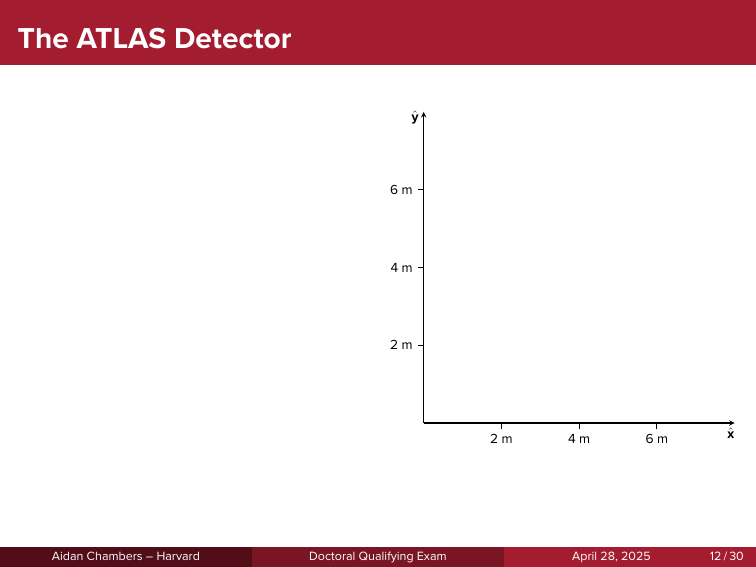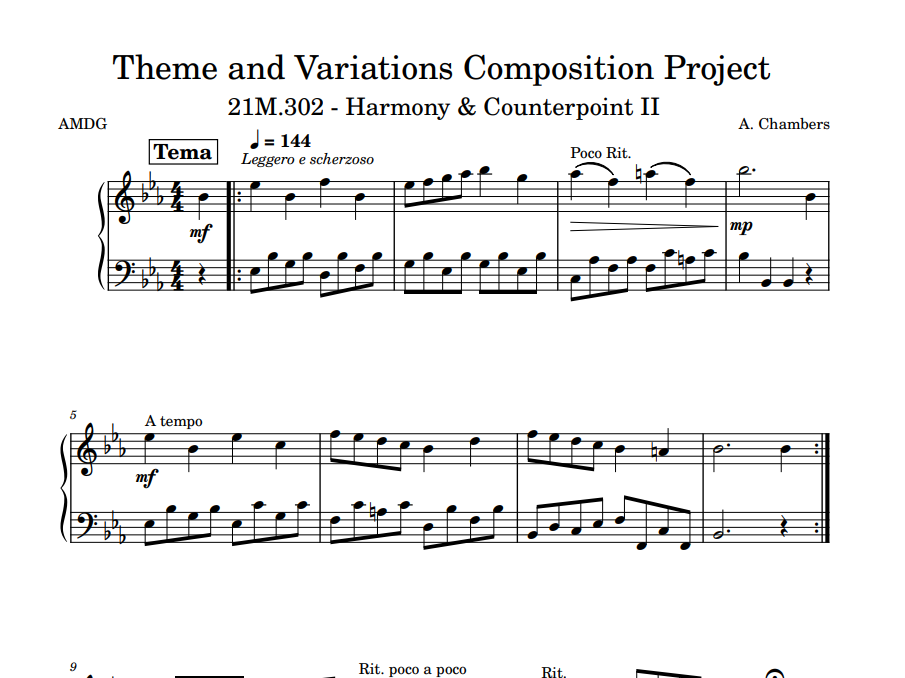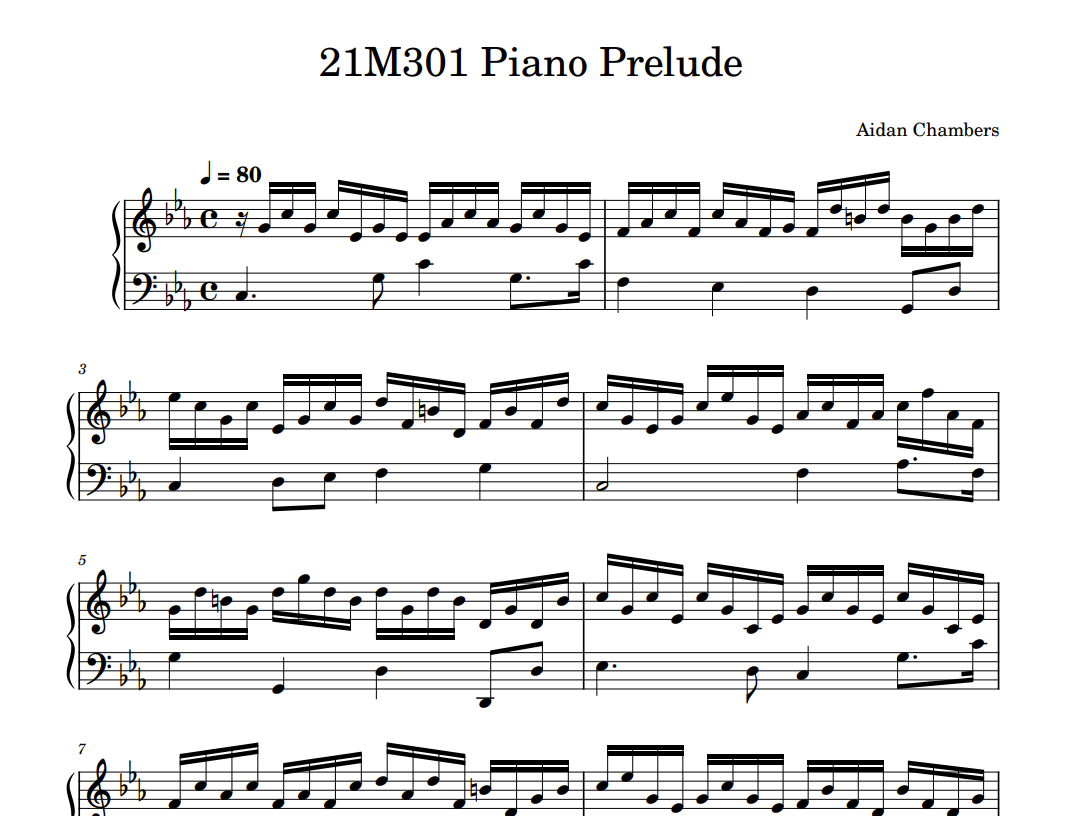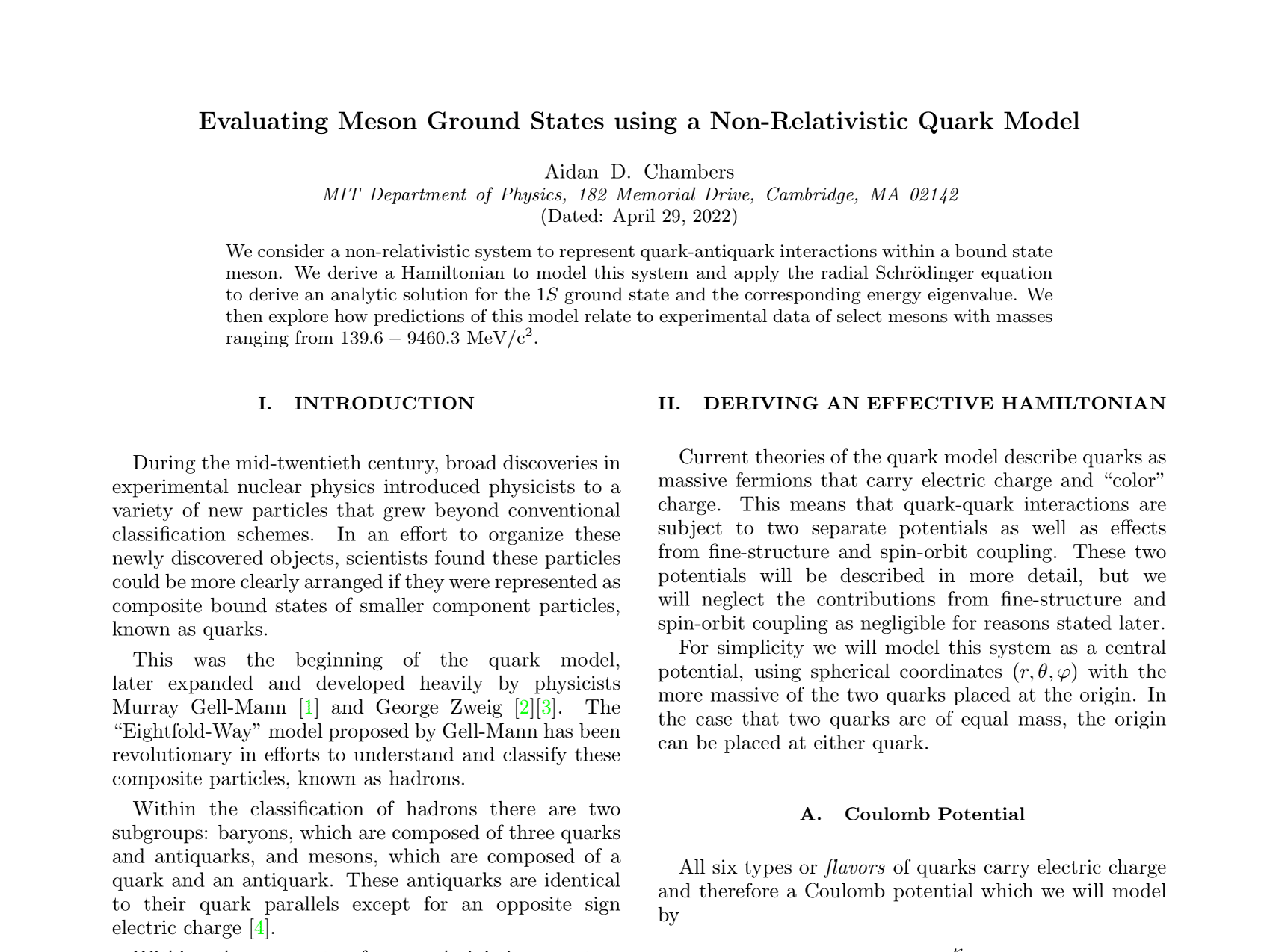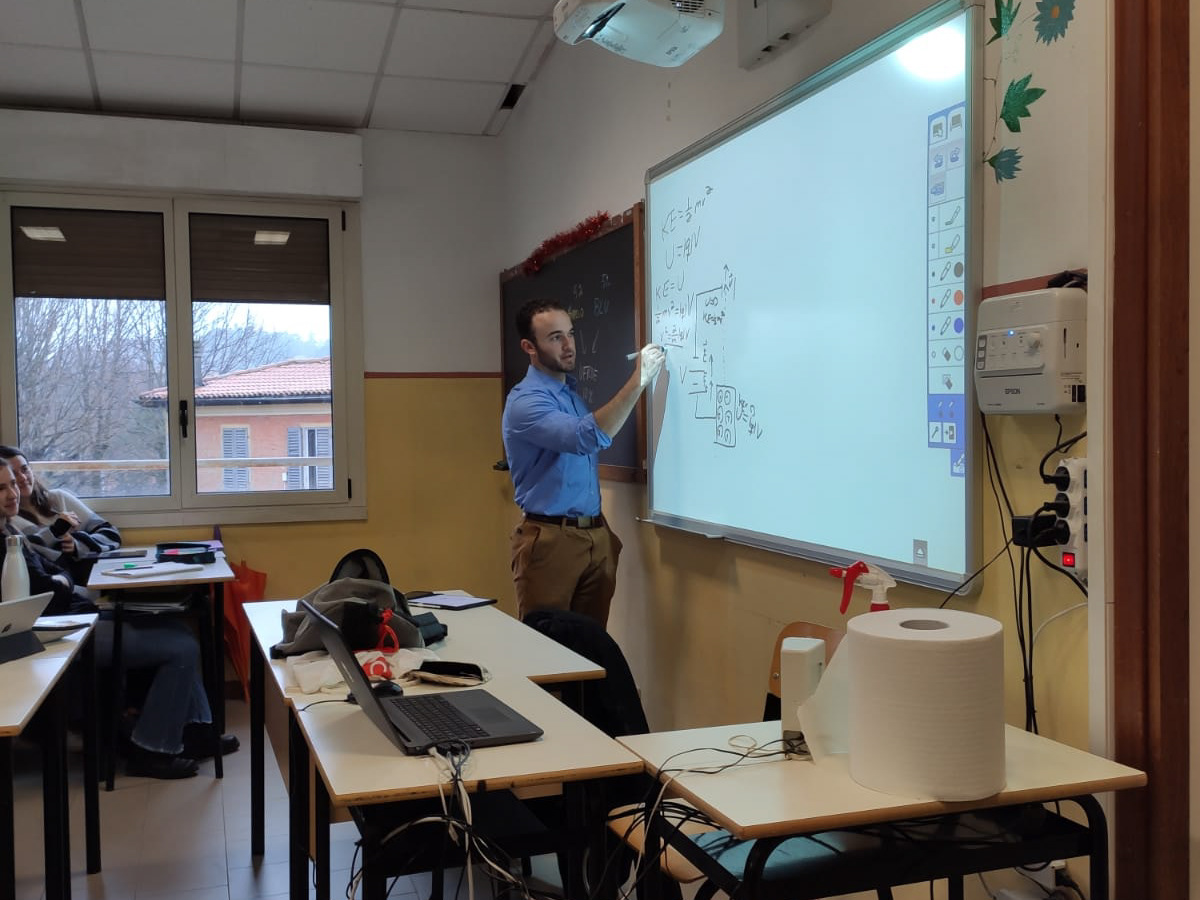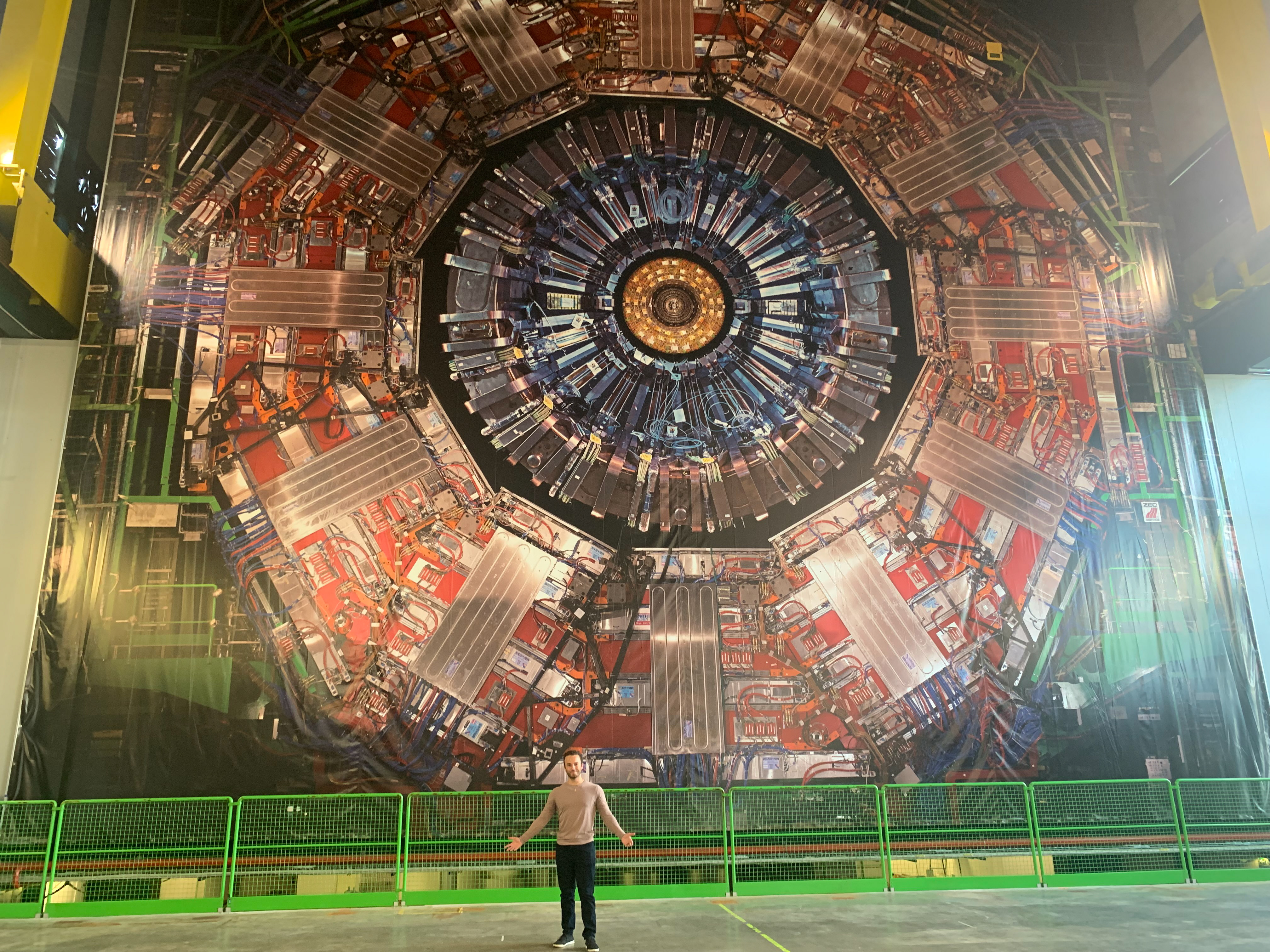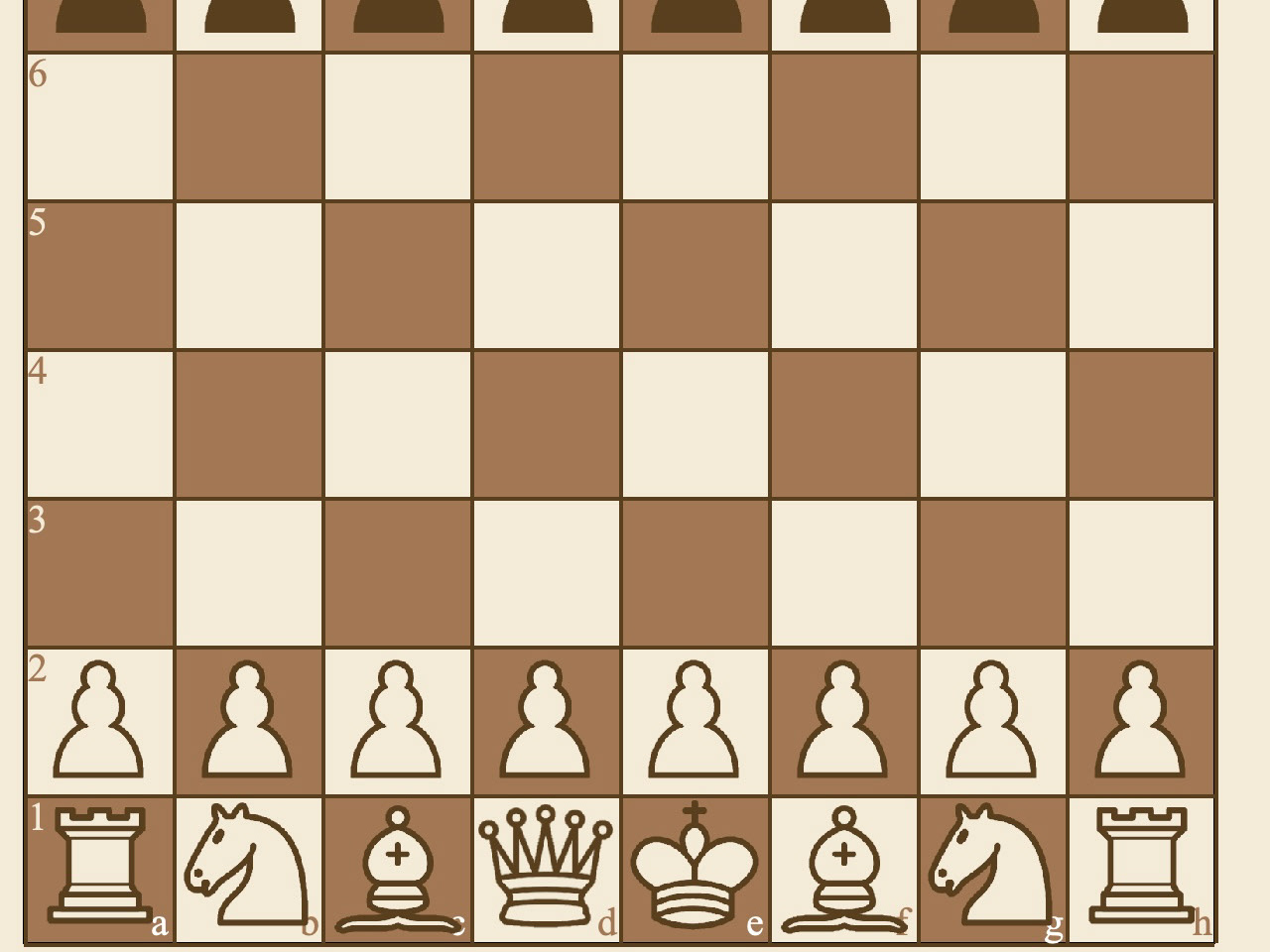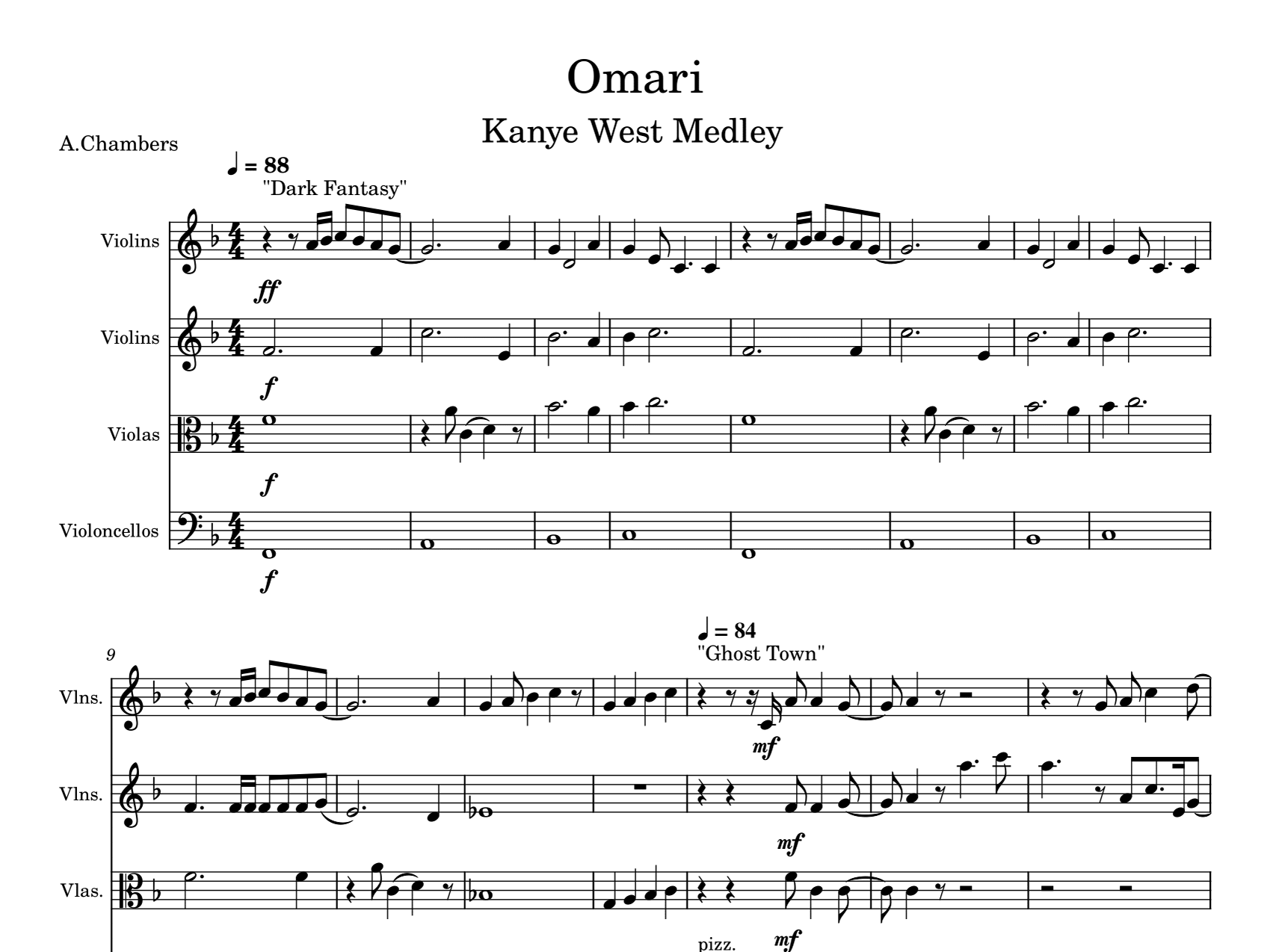This was a project I contributed to in undergrad as part of the FAIR4HEP collaboration, focusing on different machine learning approaches to reconstructing interaction locations inside of detector prototypes for the Super Cryogenic Dark Matter Search (SuperCDMS). This experiment searches for a candidate for dark matter known as WIMPs which would only be detectable through the nuclear weak interaction. Despite the fact that these interactions are far less frequent than electromagnetic interactions and noise is less of a concern, the detectors must still be able to sort out background sources that may produce interactions in the detector similar to our signal.
These studies were performed by using an Americium-241 source to produce interaction signals at various known points within the detector which we would attempt to recreate from various waveforms produced from the event. The low rate of events for weak interactions and limited recorded positions during measurement resulted in an incredibly small data set, especially in comparison to the volume of data relevant in LHC projects I had previously worked on.
As a result this paper encouraged me to study and experiment with different techniques in machine learning and greatly broaden my experience with various overfitting techniques, network architectures, and regression approaches. The final results from this project were both informative in the context of the SuperCDMS experiment as well as generally useful in creating a catalogue of techniques for the use of machine learning for applications with sparse and messy physics data.
The first page and abstract of the paper is found below, with the full publication available on arXiv.
